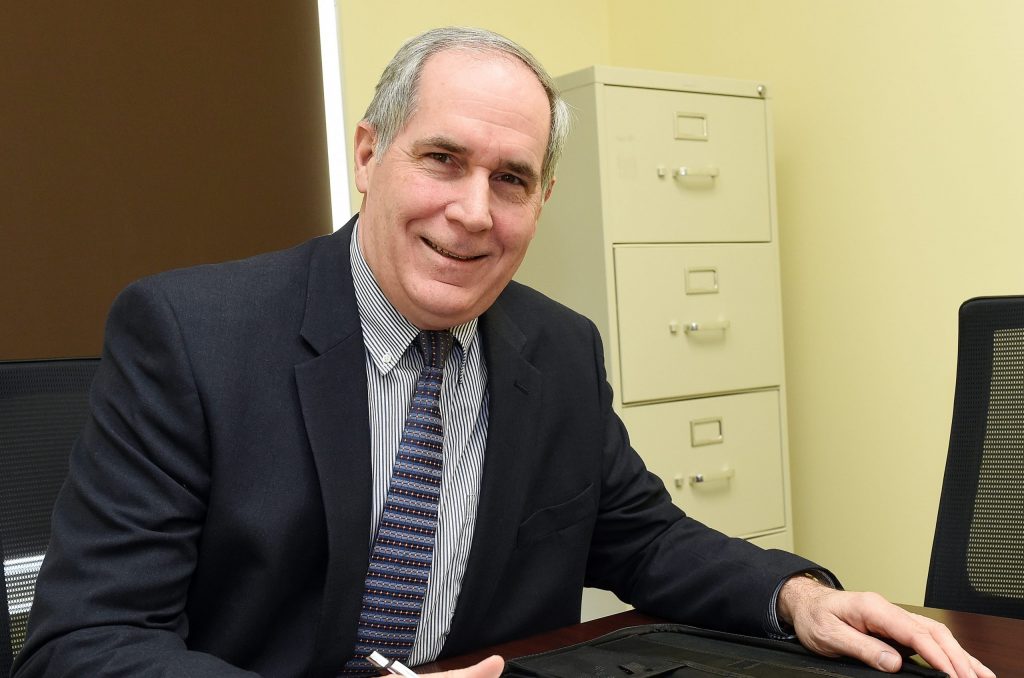A recent interview with Dan Fogarty, Chief Operating Officer of The Berks County Workforce Development Board, provided insight into the impact of the Covid 19 pandemic on our county’s workforce. “We entered 2020 with the strongest job market we have seen in 20 years,” he said.
“In February, we had 208,400 folks in Berks County that were employed; that was a record. At that time, we had 10,000 total people officially unemployed. The unemployment rate was 4.6%. These were people who were collecting or could also be people who were actively looking for work.” Dan describes the recovery from the recession of 2009-2010 as “a long and slow process”.
“The 4.6% job market was for all intents and purposes considered full employment. Basically, jobs were easy to find. It was the good old days in terms of the market.”
State mandated stay at home orders put into effect on March 19th inflicted a devastating blow to our healthy workforce. “Come mid-March, everything was thrown into reverse; it was unprecedented. Since the middle of March, we have seen at least 40,000 people file for unemployment. By May 9th I am estimating that 20% of our workforce has filed for unemployment which is directly related to the shut-down business order of March 19th. We expect that it is even higher because not everyone has been able to get through to the system.”
The overwhelming number of unemployment claims has been rife with problems and roadblocks during the 8 weeks since the shut-down. “For the past 10 years the state unemployment compensation system has struggled to implement modern technology and have had sufficient staff to serve their customers even during seasonal peaks during the wintertime. It was relatively manageable for the claimants because the unemployment rate was relatively low. The number in Berks County was very low. Then the system got swamped by a tsunami of claims in a short period of time in March and April. As a result, there is some good news and some bad news. The good news is, for many people, they are on furlough status and expect to be called back, and many continue to receive health benefits from their employers. The other good news is that under the CARES Act, the feds added another $600 per week over and above the normal compensation rates, so people making less than $50,000 per year could actually be receiving more income than when they were working. If you were in the 75% of the claimants who were processed, and you were in the category in which you might get called back, you and your family came out in pretty good shape. There was a very strong support system in place for April, May, and June. Add to that the $1,200 or $2,400 of stimulus from the federal government.”
Dan goes on to explain the flip side of the unemployment situation for the 25% of those individuals who for one reason or another found themselves caught up in the lag in the system. “Now for the bad news. If you were in the 25%, you might be 8 to 9 weeks into the process for a host of reasons. The problem is, if you try to call, you cannot get through due to a lack of staffing and technology; email responses are up to 45 days, and claimants are told not to call, or chat, only email, and there is very little or no recourse, so you don’t know when and if you will get unlocked. It would be fair to say that we have Unemployment Compensation claims numbering around 10,000.”
Dan Fogarty and the Berks County Workforce Development Board are responsible for monitoring and funding the needs of the local workforce and job seekers. “I am not an unemployment compensation expert. We understand two customers, the employers and the employees. The employers use us to help them find and secure the talent, and the job seekers use us and the services at Career Link to find jobs or funding for a new career. Funding plays a strategic roll. These services help the dislocated worker who has lost his or her job receive training for a new career. Prior to the pandemic, there were very few dislocated workers in need of our help; layoffs were at historic low levels, or workers were able to seek employment on their own.” Presently, there are more than 40,000 dislocated workers in the county who are not actively seeking help finding a job. “This will change at some point as some of the 75% will not be called back and families will need to use the $600 per month for medical benefits and this $600 per week runs out at the end of July.”
Looking past this disruptive pandemic, the future structure of the workplace and workforce will look a bit different, adapting to new protocols like social distancing and more emphasis on working remotely. Many employees will find that their companies have let them go permanently. There is some relief in the fact that state unemployment compensation has been extended by 13 weeks, for a total of 39 weeks.
As the state begins to open up and businesses reevaluate their needs moving forward, employees will get a better sense of where they stand. For those who find themselves unemployed in the months to come, there are many resources available in finding alternative employment or retraining for another career. People having trouble finding employment can access the following websites for assistance:
- www.pacareerlink/pa.gov/jponline/JobSeeker/COVID19Employment
- www.co.berks.pa.us/Dept/WDB/Pages/default.aspx
- www.visitpaamericana.com/jobs
By visiting these websites you can find all of the services available, and if you register with them you will have access to the job openings available. “I suggest to anyone presently at home to check out the website; who knows, there might be a better job there. Everything from consultations and online workshops are being conducted virtually. Job seekers can visit us online or call 610-988-1300 to register,” Dan explains.
“There will be opportunities; this is like no other time. One thing we do know is that historically the thought was ‘job security’. What we tell people now is ‘employment security’… so widen your skill set and take advantage of the coming year. There is a lot that you can do online that is free. The nature of work has changed, and age is not a factor any longer. In some ways working from home is ideal for the mature worker who has good work ethic. To summarize the impact on the workforce – it will be a very tough 12 months. It was unanticipated, and we were caught unprepared. There was a strong response from Washington, and we will get through 2020 OK.”
BCTV and Berks Weekly are working together to bring you the stories of our community during the COVID-19 pandemic. This media partnership is made possible in part by the support of Berks County Community Foundation.




